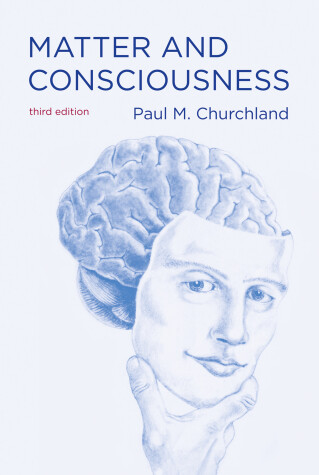Bradford Books
3 total works
In Matter and Consciousness, Paul Churchland presents a concise and contemporary overview of the philosophical issues surrounding the mind and explains the main theories and philosophical positions that have been proposed to solve them. Making the case for the relevance of theoretical and experimental results in neuroscience, cognitive science, and artificial intelligence for the philosophy of mind, Churchland reviews current developments in the cognitive sciences and offers a clear and accessible account of the connections to philosophy of mind.
For this third edition, the text has been updated and revised throughout. The changes range from references to the iPhone's "Siri" to expanded discussions of the work of such contemporary philosophers as David Chalmers, John Searle, and Thomas Nagel. Churchland describes new research in evolution, genetics, and visual neuroscience, among other areas, arguing that the philosophical significance of these new findings lies in the support they tend to give to the reductive and eliminative versions of materialism.
Matter and Consciousness, written by the most distinguished theorist and commentator in the field, offers an authoritative summary and sourcebook for issues in philosophy of mind. It is suitable for use as an introductory undergraduate text.
Churchland queries; the answer is a provocative "no one." The book includes a folded stereoscopic viewer, attached to the inside back cover, that readers can use to participate directly in several revealing experiments concerning stereo vision.
Paul M. and Patricia S. Churchland are towering figures in the fields of philosophy, neuroscience, and consciousness. This collection was prepared in the belief that the most useful and revealing of anyone's writings are often those shorter essays penned in conflict with or criticism of one's professional colleagues. The essays present the Churchlands' critical responses to a variety of philosophical positions advanced by some two dozen philosophical theorists. The book is divided into three parts: part I, Folk Psychology and Eliminative Materialism; part II, Meaning, Qualia, and Emotion: The Several Dimensions of Consciousness; and part III, the Philosophy of Science. V. S. Ramachandran and Rick Grush are coauthors on two of the essays.

